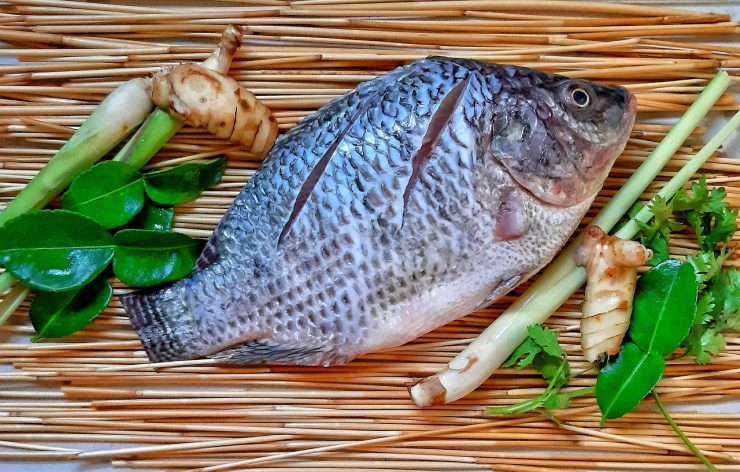Some folks sing its praises, highlighting its health benefits, while others are more cautious, pointing out potential risks of Tilapia. Let’s dive into the middle ground to better understand this popular fish before you decide to include it in your diet.
What is Tilapia? Tilapia is a cost-effective white fish and one of the most common seafood options around. Originally from Africa and the Middle East, tilapia has now spread worldwide, with farms in over 80 countries including Asia and the Americas. It’s often referred to as the “aquatic chicken” due to its easy breeding and mild flavor, which makes it a hit or a miss depending on personal taste preferences.
From Obscurity to Popularity Not too long ago, tilapia was relatively unknown, but it has quickly become the fourth most consumed seafood in the U.S. In 2014, Americans ate an average of 1.436 pounds each! As the global population grows, tilapia farming is expected to rise, thanks to its reputation as an affordable, sustainable food source.
Things to Consider Before Eating Tilapia There are quite a few factors to weigh if you’re thinking about making tilapia a regular part of your meals:
Pros:
- Affordable: It’s one of the least expensive seafood options, especially if you buy in bulk.
- Mild Taste: If you’re not a fan of fishy flavors, tilapia’s mild taste makes it adaptable to various recipes, ideal for family meals and school lunches.
- Low Mercury: Since tilapia are mostly vegetarians, they have lower mercury levels, making them a safer choice for pregnant women and others concerned about mercury in seafood.
- Nutrient-Rich: High in protein but low in calories, tilapia offers a great mix of B vitamins, phosphorus, potassium, and selenium.
Cons:
- Lower in Omega-3s: Unlike fish like salmon, tilapia has fewer omega-3 fatty acids, which are crucial for heart and brain health.
- Diet Concerns: Farmed tilapia often feed on corn and soy, which isn’t ideal for their health or ours.
- Omega-6 Ratio: The high omega-6 content can lead to inflammation, posing risks especially for people with certain health conditions.
Choosing Your Tilapia
- Frozen vs. Fresh vs. Live: Quality varies greatly among these options. Frozen tilapia, often imported from Asia, may be less expensive but comes with concerns about farming practices and environmental impact. Fresh tilapia from the Americas tends to be of higher quality and more environmentally friendly. Live tilapia gives you the chance to assess the fish’s health before buying.
Source Matters Most tilapia in the U.S. is imported, and the farming practices in different regions can vary significantly. It’s crucial to consider the environmental impact of these practices. Organizations like the Monterey Bay Aquarium Seafood Watch recommend choosing tilapia from the U.S. and Canada first.
How to Get High-Quality Tilapia With no standard definition for “organic” seafood, it falls on you to make informed decisions about the tilapia you buy. Check labels, ask questions, and look for third-party certifications to ensure you’re getting the best quality.
Should You Eat Tilapia? Eating tilapia in moderation is generally safe. It’s a good source of lean protein and other nutrients. However, if you’re looking for higher omega-3 content, you might want to opt for fattier fish like salmon or mackerel. If tilapia is your go-to because it’s the only seafood you enjoy, consider supplementing with high-quality fish oil.
While tilapia won’t transform your health, it won’t wreak havoc either. Quality and sourcing are key, so be mindful of where your fish comes from to make the healthiest, most sustainable choice possible.
Salmon vs Tuna vs Sardines… (The #1 Worst Fish for Your Heart)
Eating wild-caught fish is good for your heart… right? WRONG.
According to Dr. Sam Walters – one of America’s #1 heart specialists – there’s ONE fish you should avoid like the plague.

This so-called “healthy fish” is contaminated with toxic chemicals… that are literally DEADLY for your heart. Yet 97% of Americans eat it at least once a week.
Try to guess which one it is:
1. Halibut
2. Tuna
3. Atlantic Salmon
4. Sardines
So click on your guess, or tap below to get the correct answer from Dr. Sam Walters himself:
>> Never eat THIS fish (it’s DEADLY for your heart)











